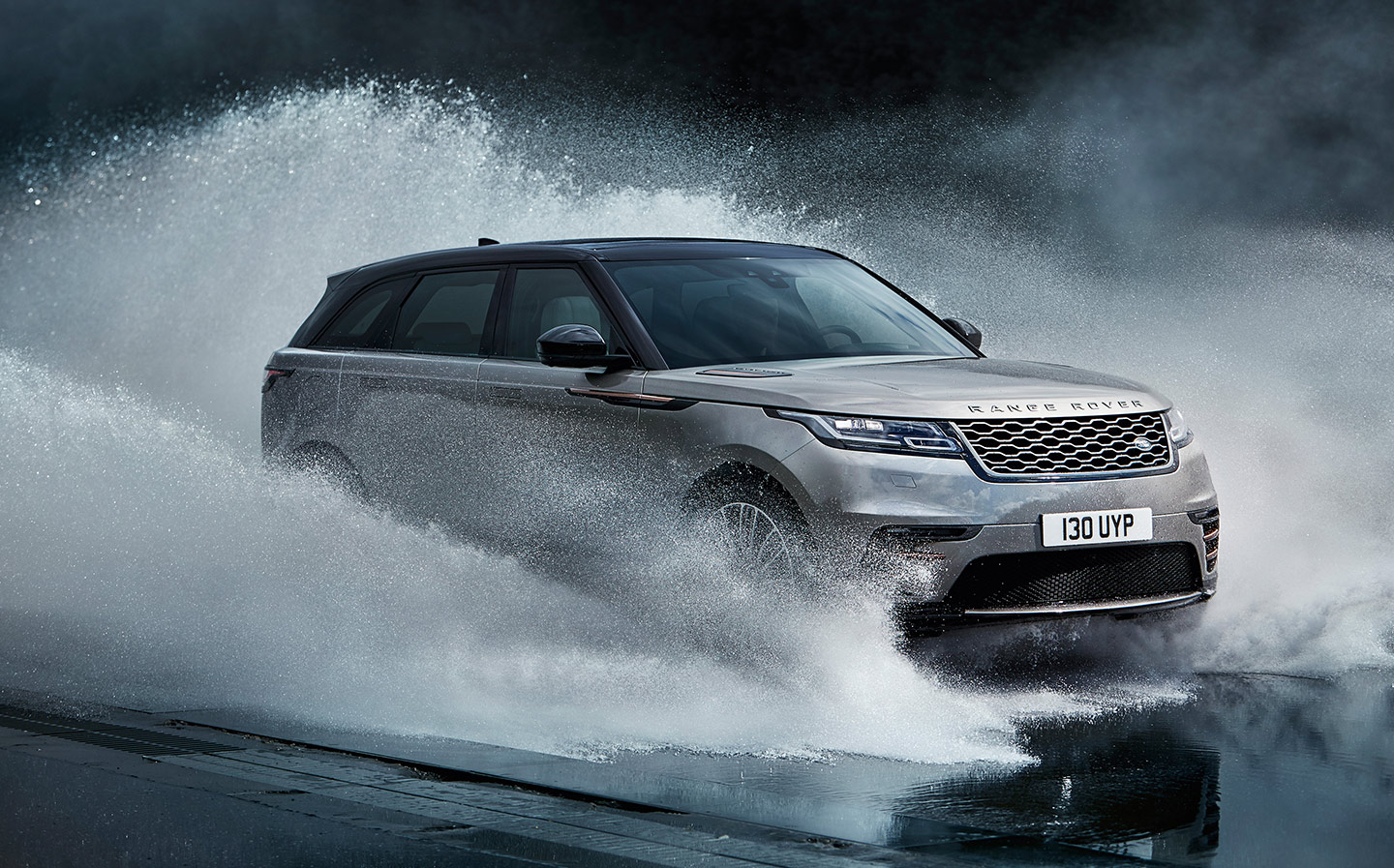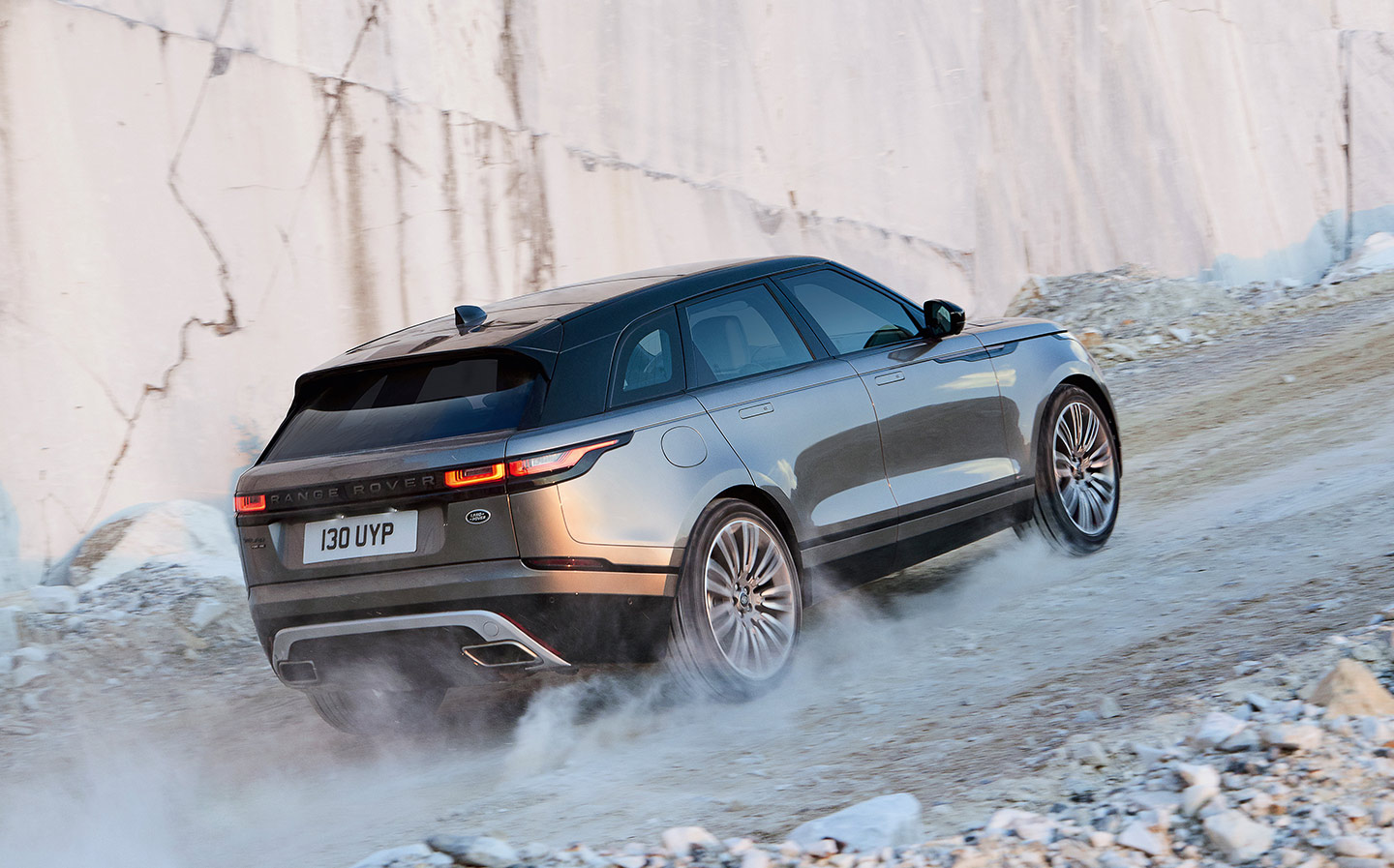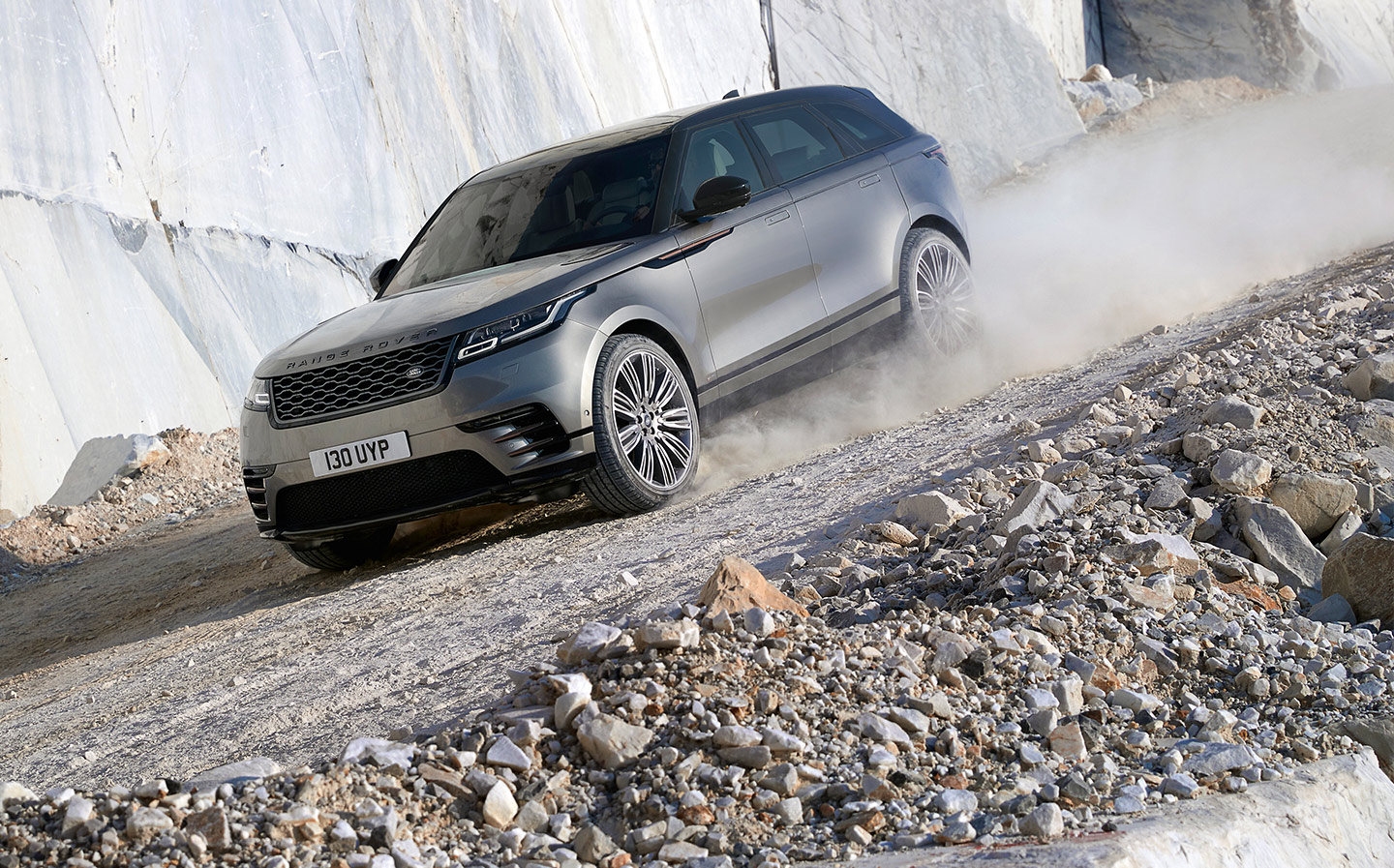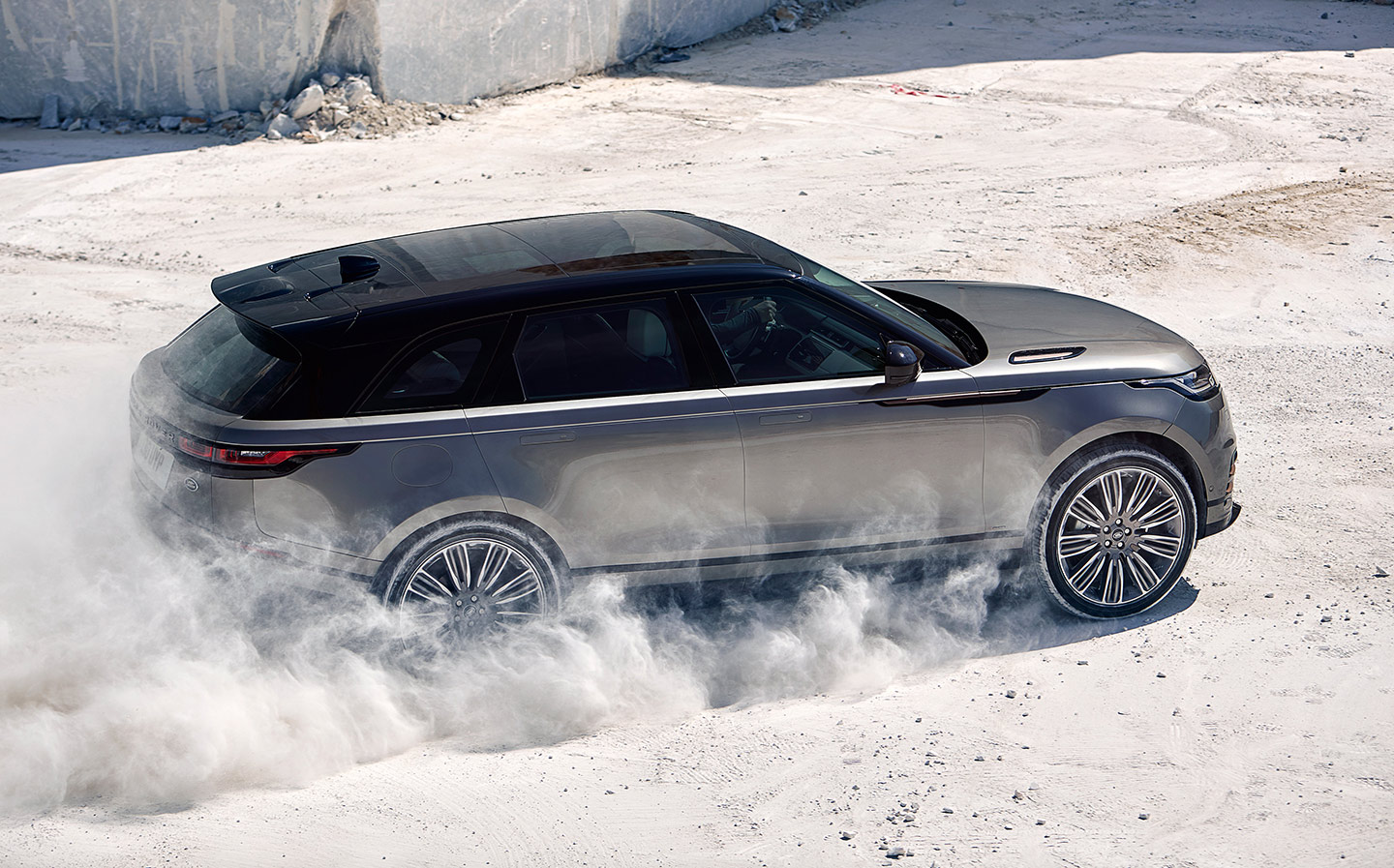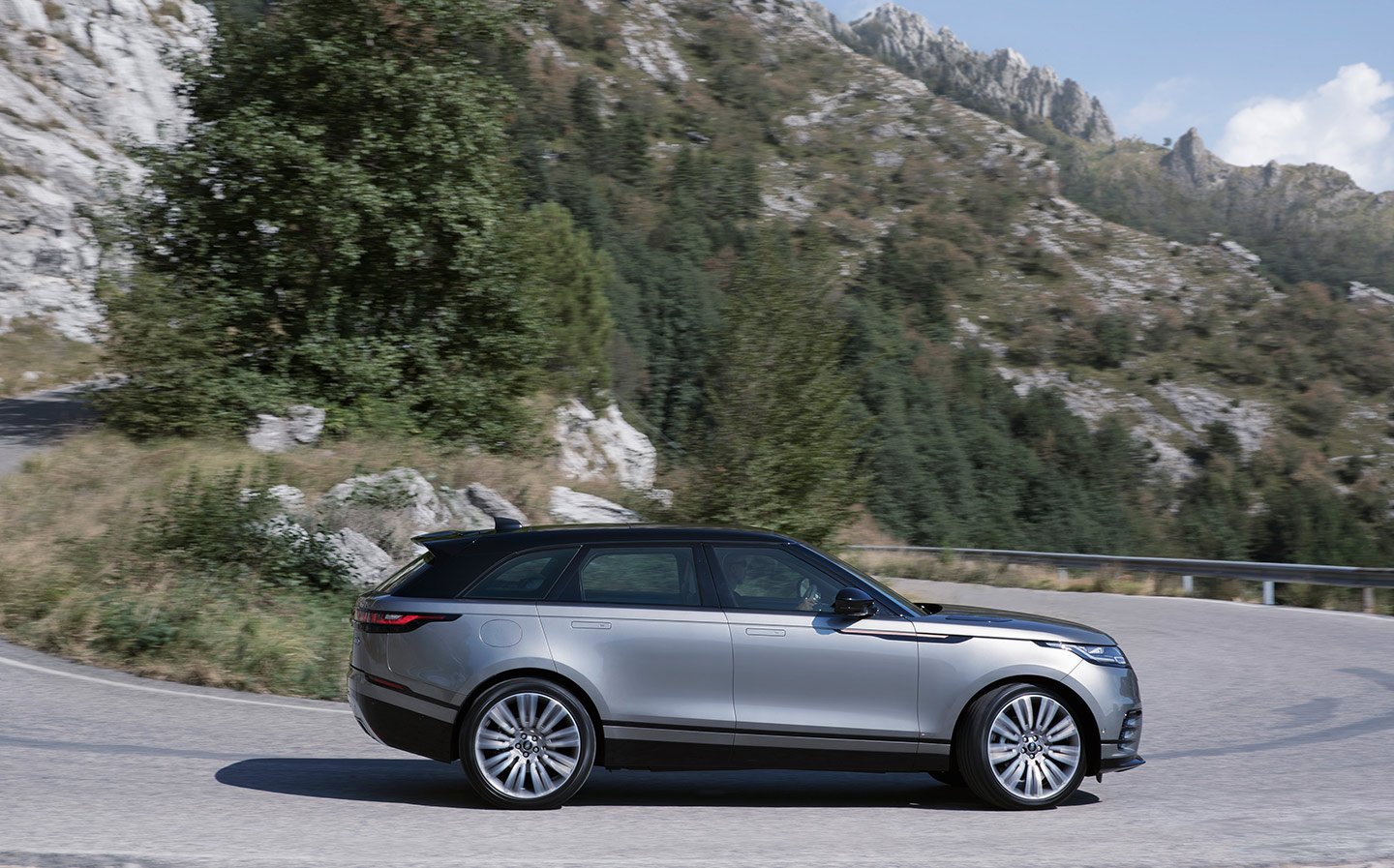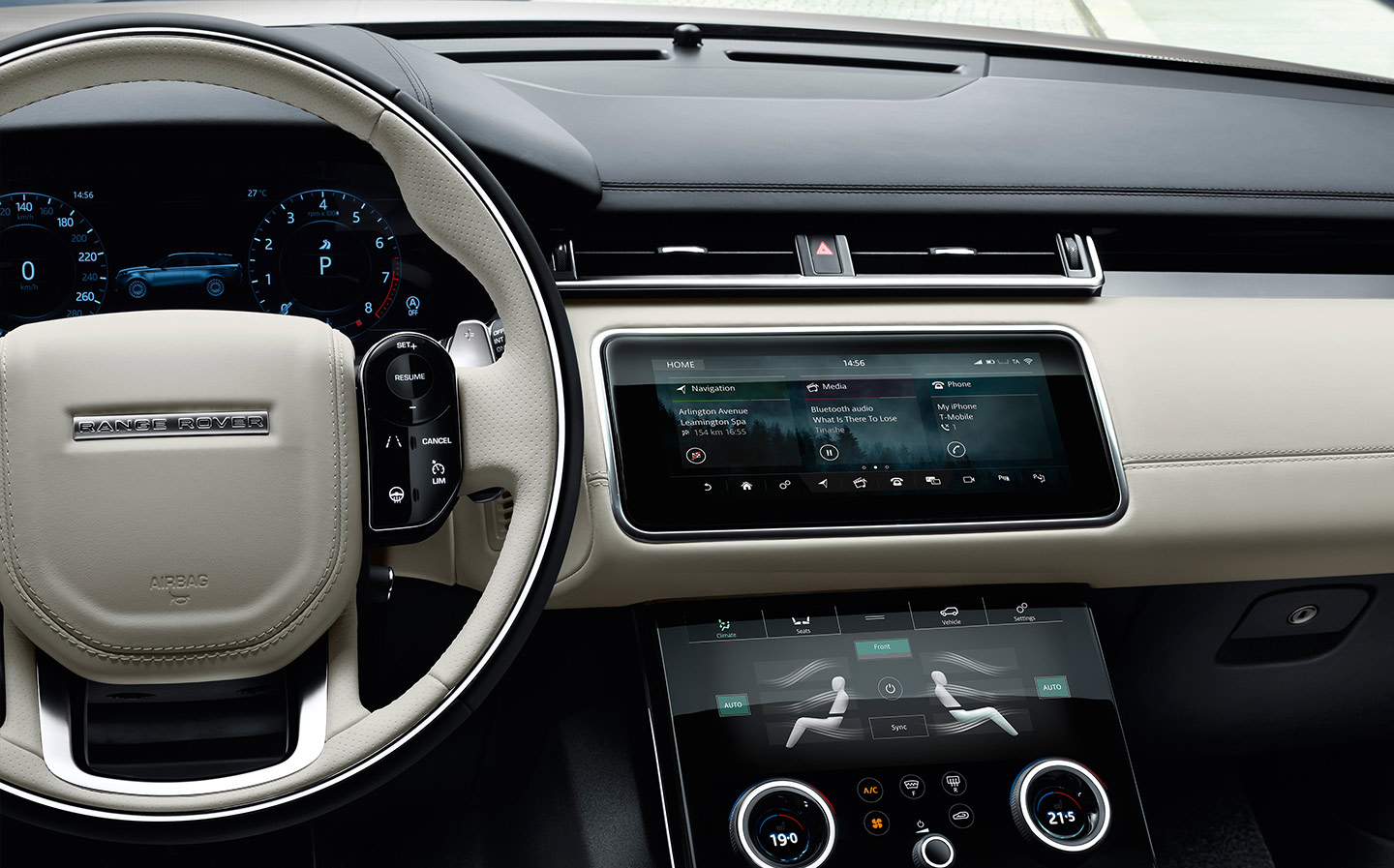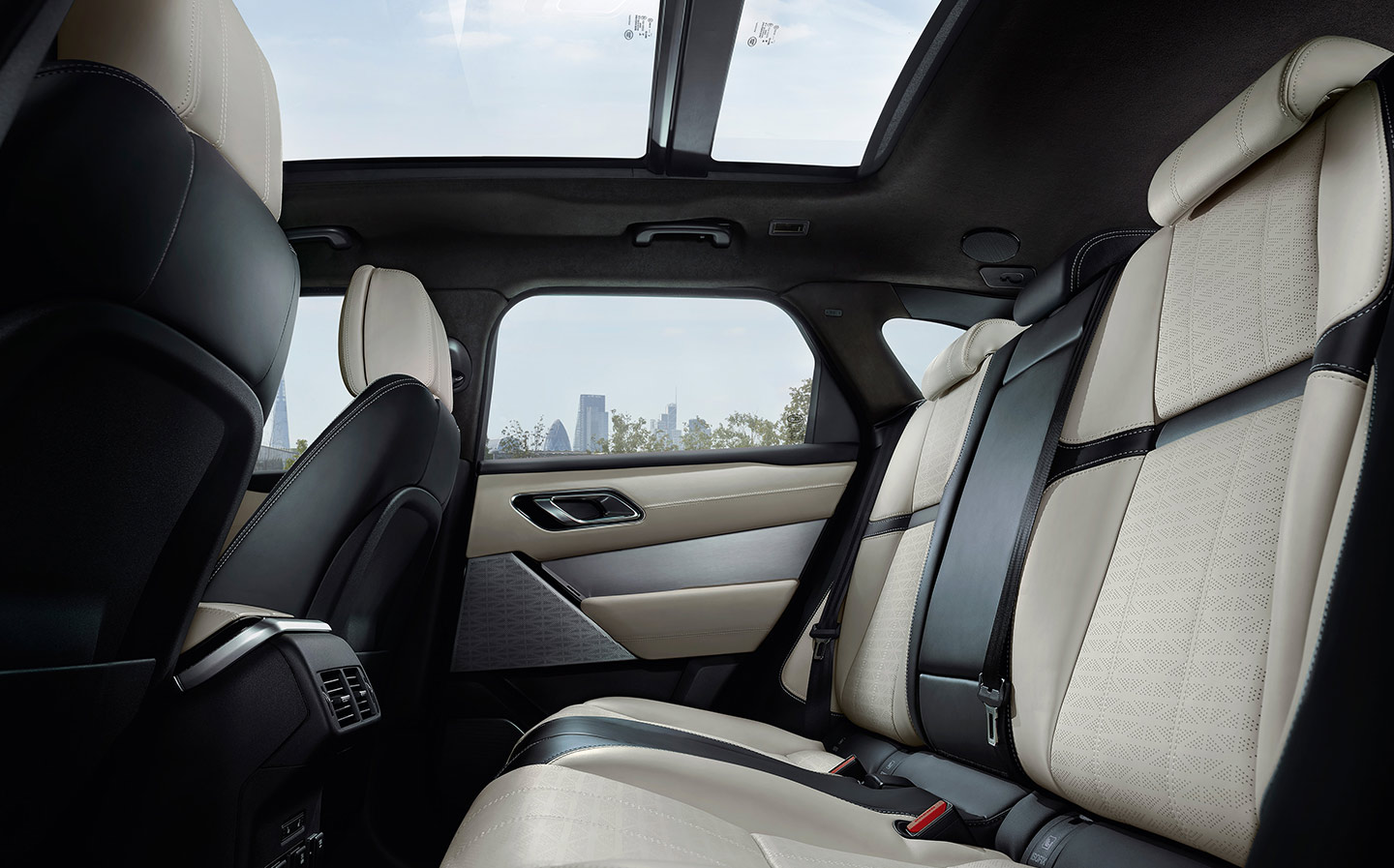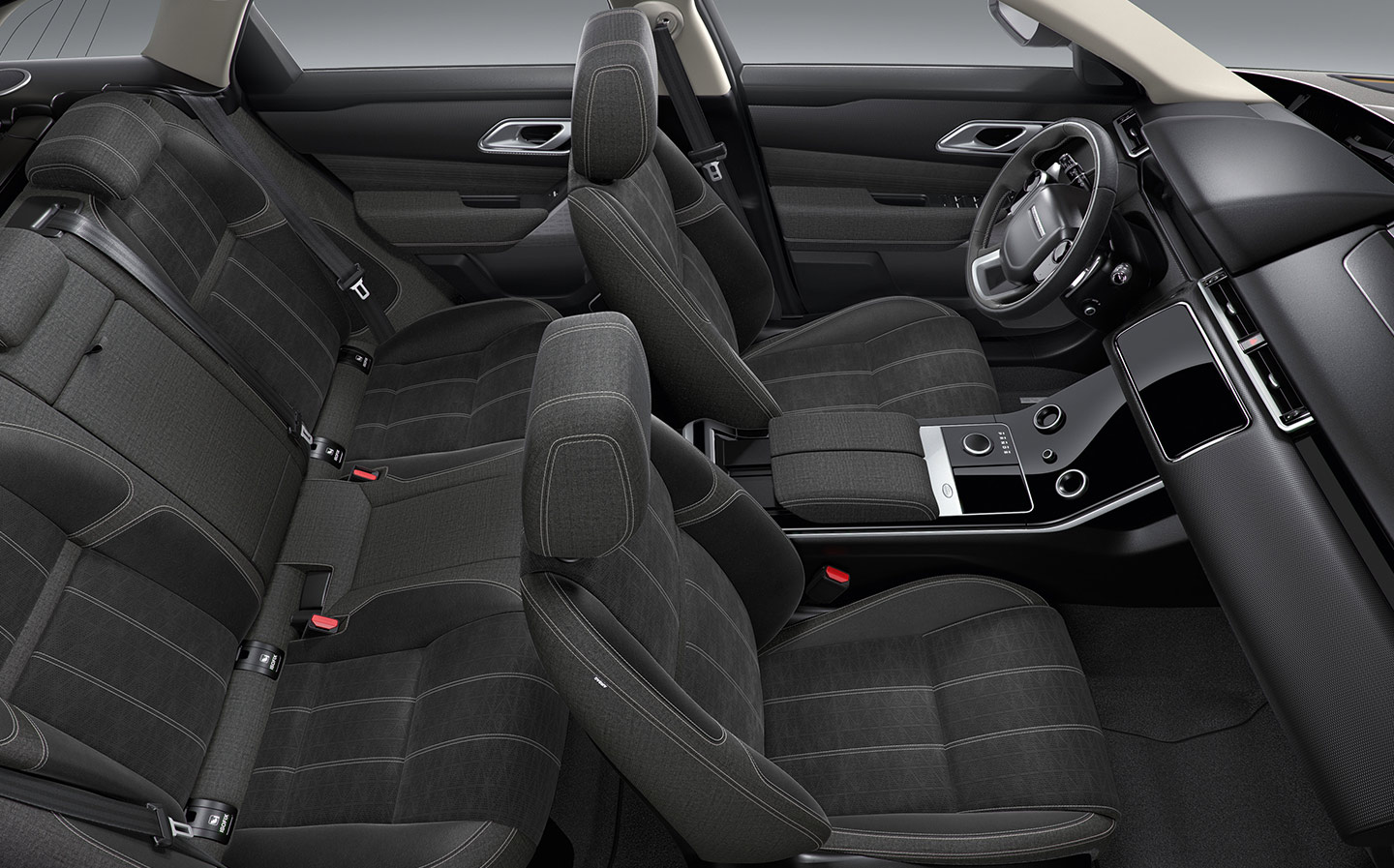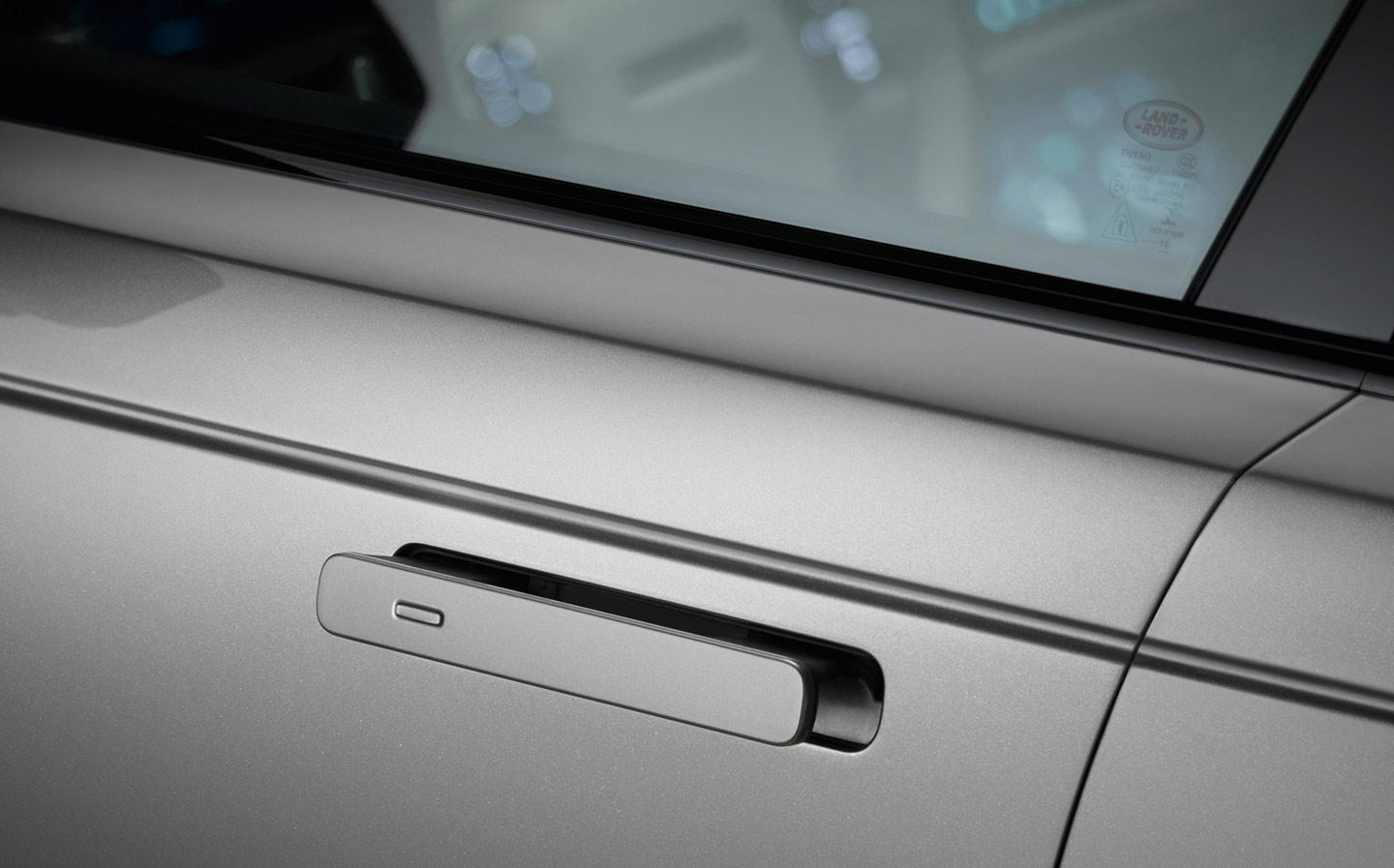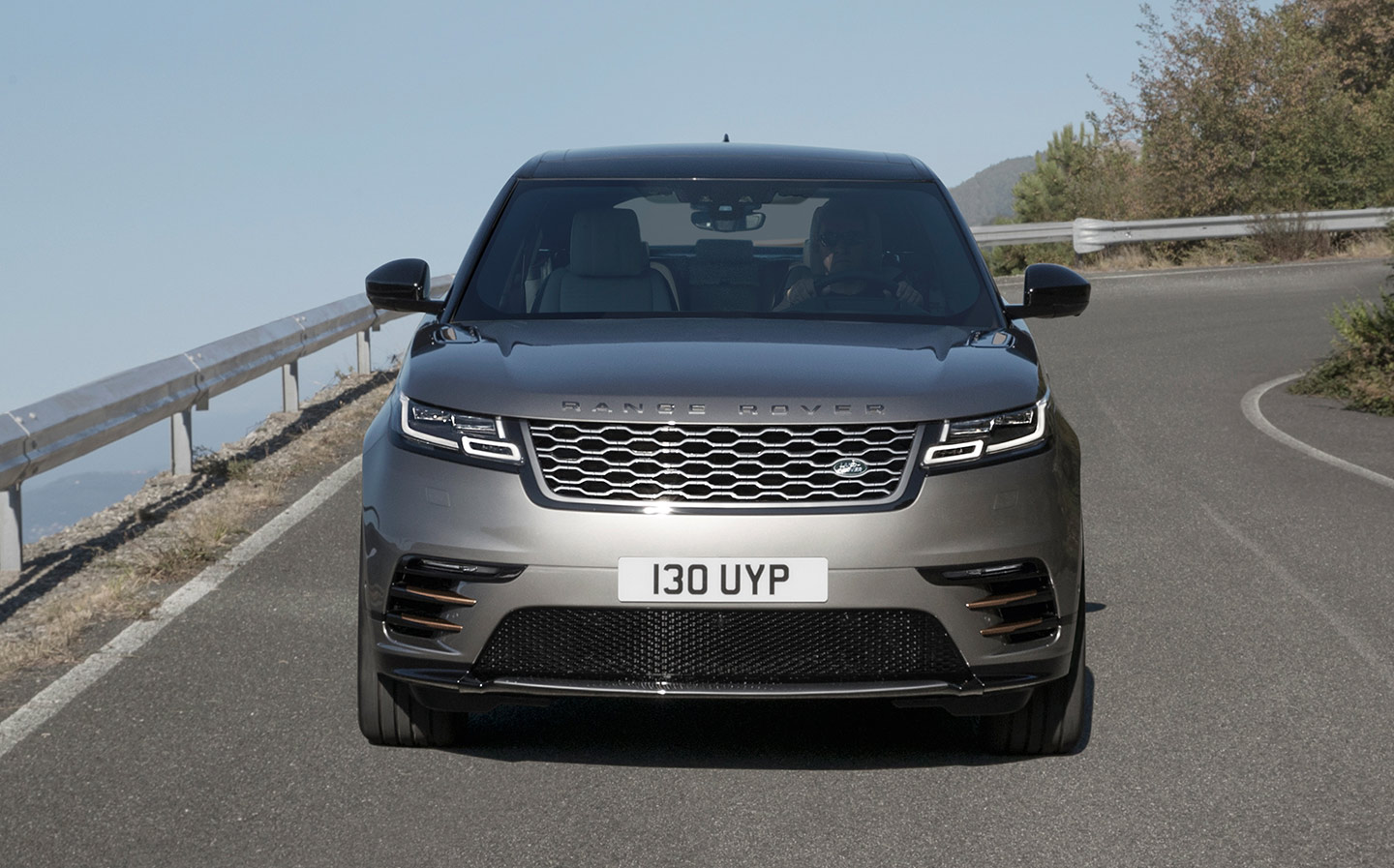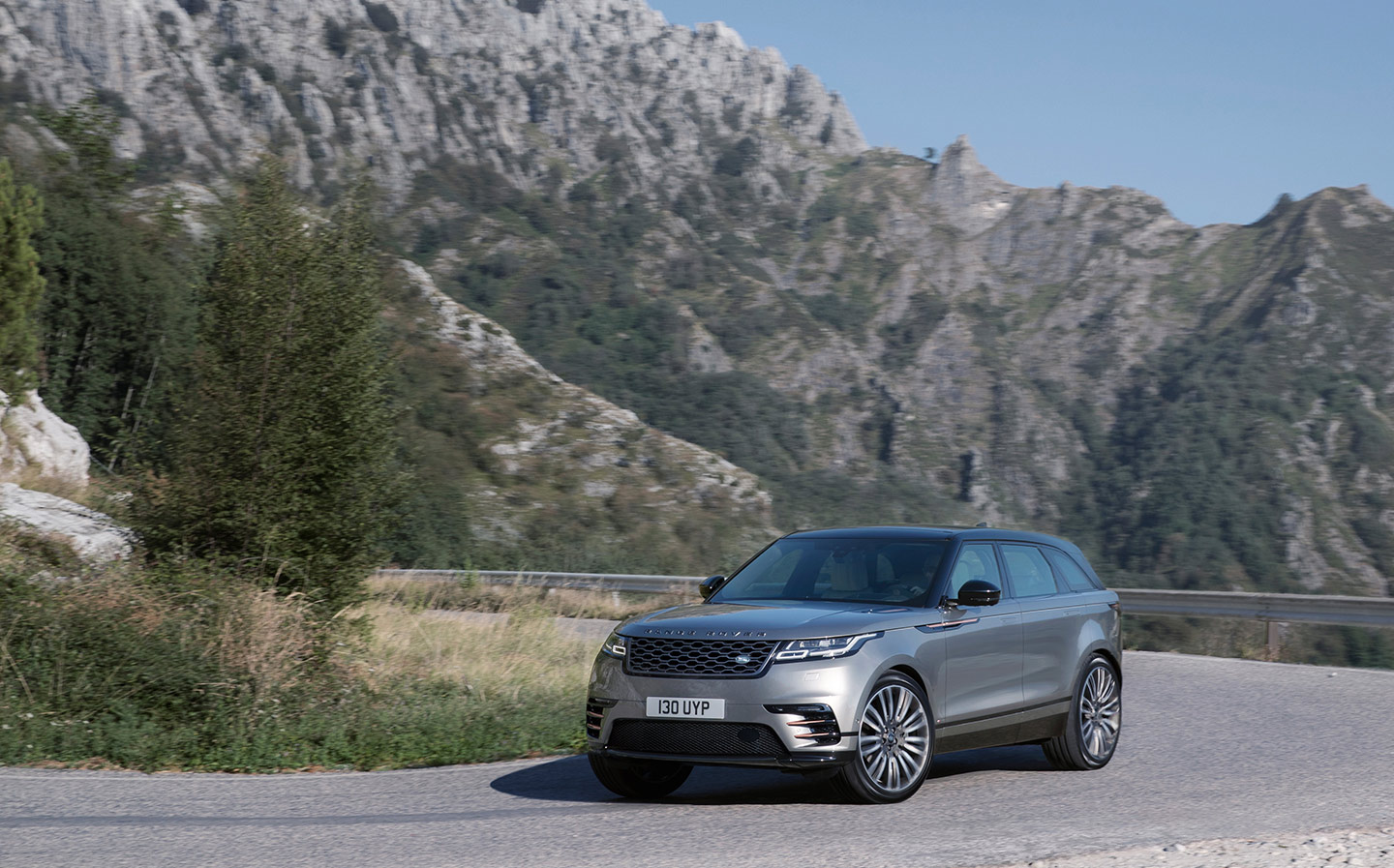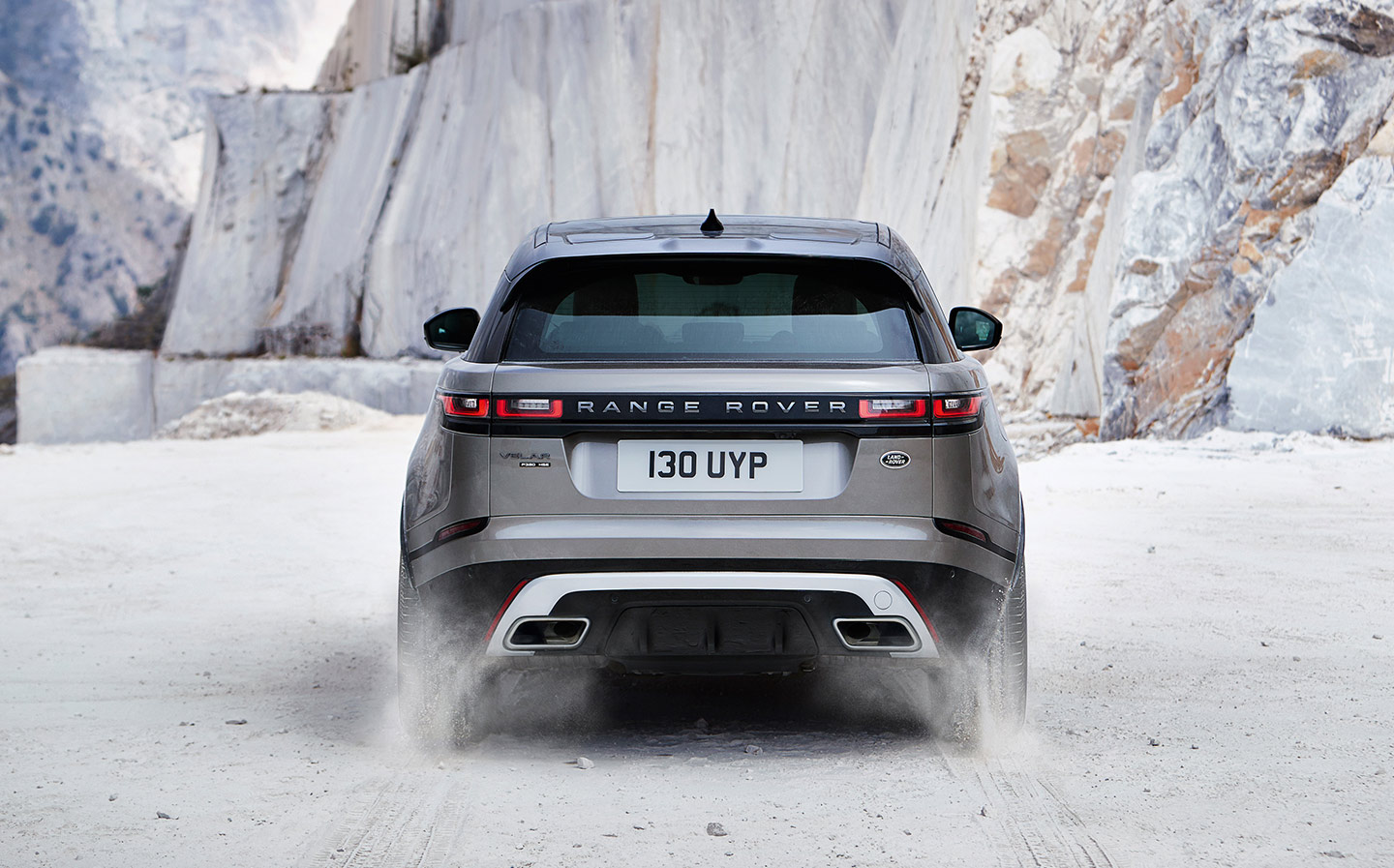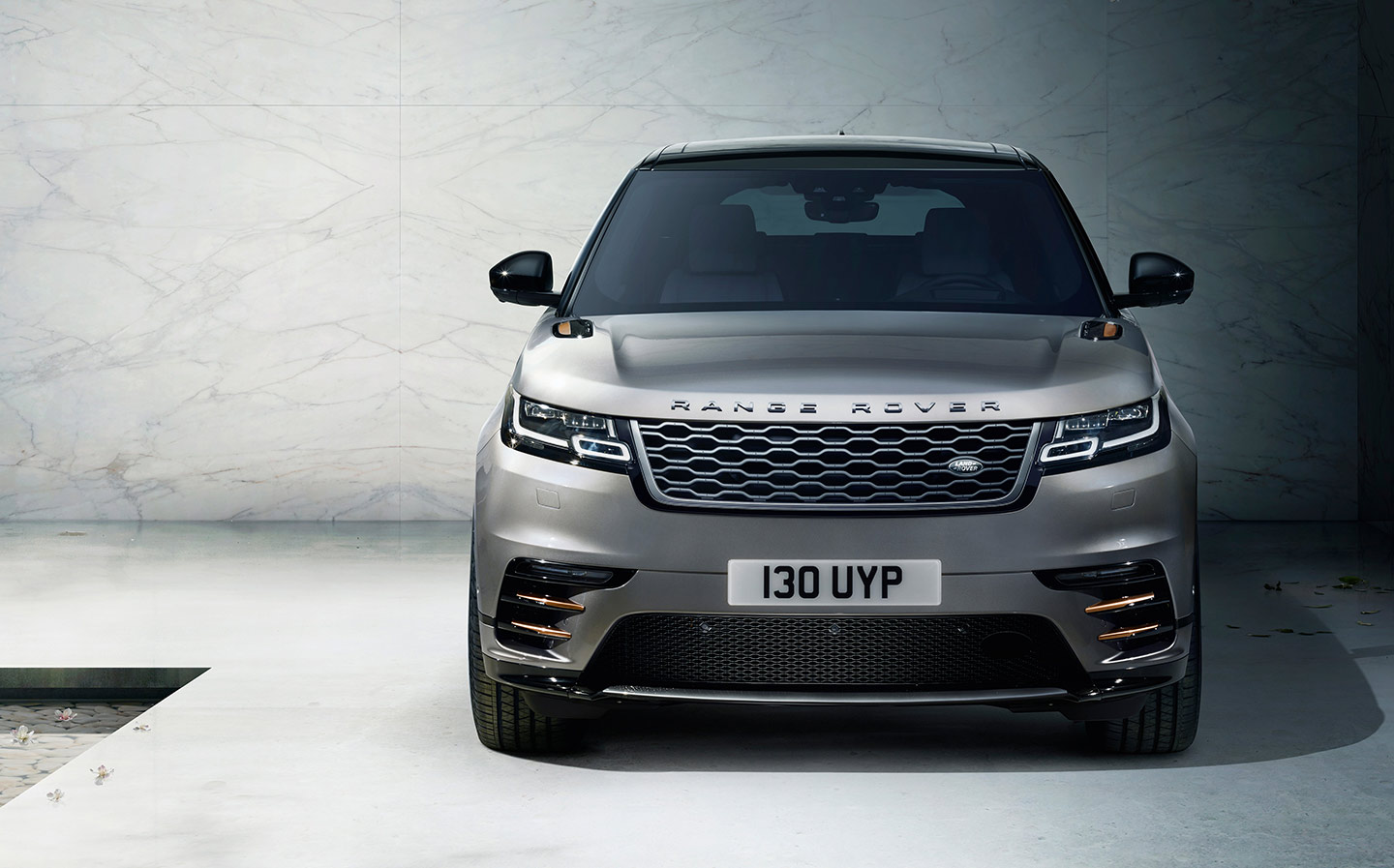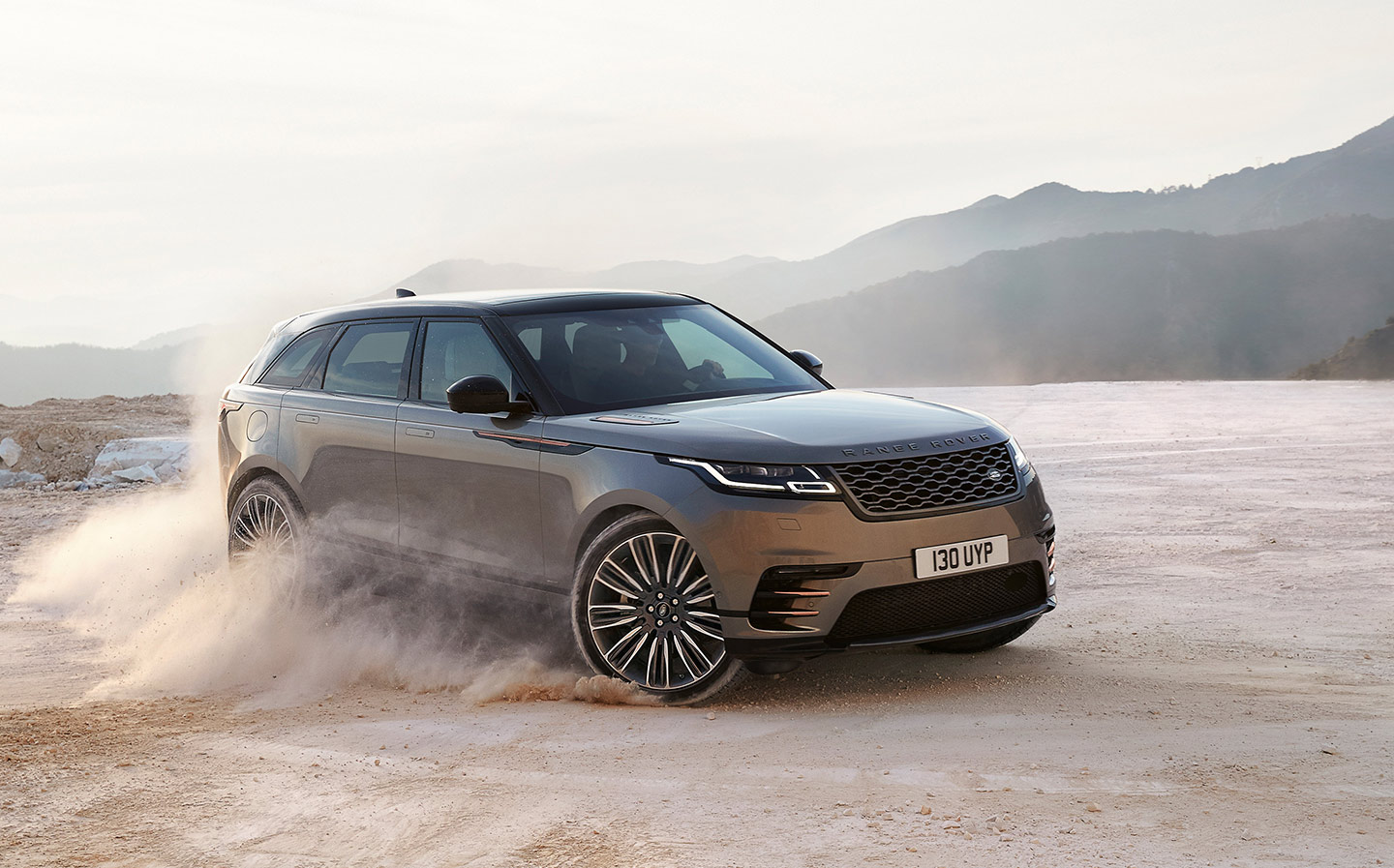First Drive review: 2017 Range Rover Velar
Fit for every frontier
IT’S NOT every car you test by driving it to the top of a Norwegian mountain, but the Velar is not every car. It’s a brand new Range Rover, so it must be able to cope with anything thrown at it.
Hence the manufacturer’s decision to let me drive its latest model (on road tyres) to the top of Roaldshornet, a 4,000ft peak with spectacular views over the fjords.
The route I’m climbing is a black run during the ski season, and the loose shale under the tyres is slippery as snow. Next to the track a ski lift is taking sightseers to the summit. The spectacle of a British car attempting the same incline as their gondola is provoking some curiosity and no small amount of amusement.
Browse NEW or USED cars for sale
Helpfully, the car’s electronics are doing most of the work. Instead of a low-range gearbox there’s a kind of electronic Bear Grylls that distributes power to the wheels to make best use of what little grip is available.
There’s also an optional feature called All Terrain Progress Control that works like cruise control in off-road conditions. The driver selects a speed and the car inches forward.
The lack of a low-range box caused me some misgivings, and at the outset I wanted to seize control of the gears and lock the differentials, as you could in Land Rovers of old. But the system manages the incline without fuss.
Credit where it’s due, then, to the Velar. It’s an important car for Jaguar Land Rover: it plugs the gap between the Range Rover Sport and the baby Evoque, taking the fight to German manufacturers, notably Porsche and Mercedes, which hitherto have cornered this sector of the market.
For a starting price of £45,000 you get a near-2-ton luxury SUV that can comfortably carry a family of five, with 632 litres of boot space — plenty for holiday paraphernalia and flat-pack furniture — and the ability to climb Norwegian mountains.
It’s good — so good, in fact, that Land Rover may inadvertently steal sales from itself. At just over 15ft 9in, the Velar is nearly as long as the £60,000 Range Rover Sport, which will make some customers wonder whether they need the more expensive model. It has a choice of six engines, a high number for a launch (engine variants are usually added later in a car’s life). There are three diesel units and, unusually, three petrol: Land Rover has traditionally put its faith in diesel engines, yet now it is acknowledging many customers don’t want them.
A 3-litre supercharged petrol engine tops the range. It will reach 60mph from standstill in 5.3 seconds and has a top speed of 155mph (electronically limited) — that’s sports car performance from an SUV. At the other end of the scale is a fuel-sipping 2-litre diesel. The sweet spot for customers may be the 247bhp 2-litre turbo petrol unit with a 0-62mph time of 6.7 seconds and a price of £52,120. Incidentally, the name Velar derives from the Latin for “to veil” and is not, as one wag suggested, a reference to Land Rover’s new upholstery (it has come up with seat coverings made, rather amazingly, from recycled plastic bottles).
“It’s good — so good, in fact, that Land Rover may inadvertently steal sales from itself”
A new feature is door handles that rise out of the bodywork when you unlock the car, and sink flush again at speeds of more than 5mph. According to Land Rover these reduce drag, but we all know it’s a trick to impress friends and neighbours.
Gimmicks are not what sell Range Rovers, however: German SUVs come with gadgets galore. Far Eastern SUVs have longer warranties. People buy from Land Rover because they know that, no matter how unpleasant the conditions outside, the car will keep them safe inside. That’s not just survivalists, but also people concerned that the only way out of a three-hour traffic jam might be across a ditch, or that the way to A&E may lie through deep snow.
To outpace the competition, Range Rovers must demonstrate true mud-plugging ability. So it’s reassuring that the Velar can roll up its sleeves and get messy. As well as its climbing ability, it has a wading depth of 600mm (twice that of the Mercedes GLC coupé) and ground clearance of a respectable 213mm — or 251mm with the air suspension option.
On the road, the Velar handles a lot like the Jaguar F-Pace, which is no surprise because its versatile chassis is borrowed from its stablemate’s bestselling SUV. In everyday driving, the all-wheel-drive system sends 100% of the power to the rear wheels, so it feels agile. And it steers with precision, considering its size, handling the twisty Norwegian roads and mountain hairpins with enthusiasm.
The Velar’s interior is designed for the iPhone generation, with sat nav, entertainment, cabin temperature and other functions controlled via two big touchscreens. It’s neat in a minimalist way, but not as tactile as old-style switchgear. There are some nice details. One is an optional waterproof key in the form of a rubber wristband, allowing you to go jogging or kayaking and leave the main key locked in the car. If you park in a field, say at Goodwood or Glastonbury, and can’t remember where you left the car, a smartphone app will help find it.
Land Rover says the Velar is its most aerodynamic model. That’s good for quietness and fuel efficiency, but it’s been achieved partly at the expense of height. Anyone tempted to move from the Sport may miss the more raised driving position and “stadium” seating that have made Range Rovers such a nice place to travel in.
Buyers should also be aware that the price rises sharply between trim levels. At £70,000, the R-Dynamic HSE version I drove costs more than a Range Rover Sport of similar spec.
Browse NEW or USED cars for sale
Overall, though, the company must be patting itself on the back. The Velar is a full-blooded Range Rover at a lot less than full price and looks set to match the F-Pace for sales success.
The challenge now for Land Rover is to meet even tougher emissions standards. Volvo — a rival in the family SUV market —stole a march this month by announcing that by 2019 all new models would be either hybrid or pure electric. The full-size Range Rover can be ordered as an electric-diesel hybrid, but how much further can it take the technology?
Apart from the fact that high voltage batteries and wading through rivers don’t mix, there’s the question of range. Land Rover takes pride in its vehicles’ ability to cross the Sahara with a couple of jerry cans of fuel and not a filling station in sight, let alone an electric charging point. It must be hoping internal combustion engines, like vinyl records, still have plenty of life.
Jeremy Clarkson is back next week
Tweet to @ST_Driving Follow @ST_Driving
Write to us at driving@sunday-times.co.uk, or Driving, The Sunday Times, 1 London Bridge Street, London SE1 9GF


